Met Museum’s Costume Institute 2013 exhibition
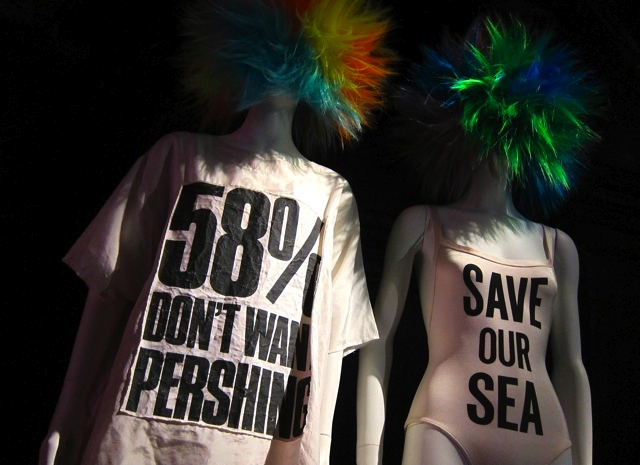
The Costume Institute at the Metropolitan Museum in New York City will open its new exhibition Punk: Chaos to Couture on 9th May. This year the focus is on the impact of Punk on haute couture and ready-to-wear. The Benefit Gala celebrated the opening of the exhibition on 6th May and this year Beyoncé served as Honorary Chair. Co-Chairs of the event were Academy Award nominated actress Rooney Mara, Lauren Santo Domingo, Co-Founder of Moda Operandi, Riccardo Tisci, Creative Director of Givenchy and Anna Wintour, Editor-in-Chief of Vogue US.
Punk originated in the 1970s, almost simultaneously in New York City and London. In New York it found a home in the nightclub CBGB & OMFUG (Country Blue Grass, Blues and Other Music for Uplifting Gormandizers). In London it centered around the boutique Seditionaries, previously SEX, founded by Malcolm McLaren and Vivienne Westwood.
Although American and British punks shared the same frustration and dissatisfaction with mainstream rock and roll, their aesthetic expression was greatly different. As CBGB’s owner Hilly Kristal explains: “CBGB bands and audiences weren’t style conscious in the way the English punks were later on. The only style [at CBGB] was torn T-shirts and ripped jeans… What people think of punk style – really dressing up with different colour hair and all – started in the U.K. Even though CBGB is referred to as a punk club, there was never much of that fashion here.”
Both venues have been faithfully recreated in the intro galleries of the exhibit and have been treated by the museum with the same respect and meticulous care that the institution has given to its English and French Period rooms.
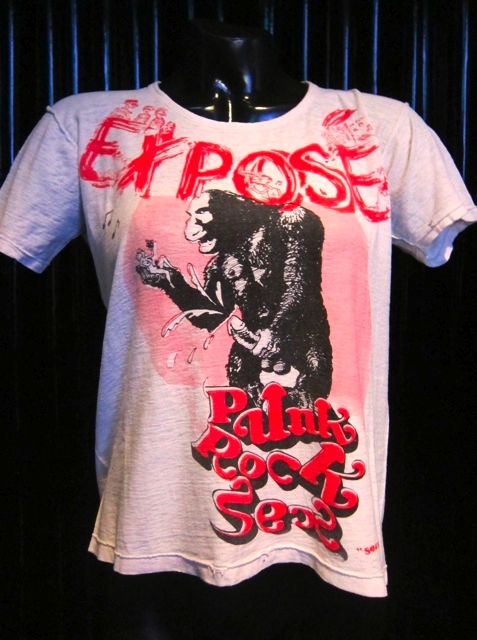
The gallery Clothes for Heroes, also part of the intro gallery set, is dedicated to Vivienne Westwood and Malcolm McLaren whose work, ideas, and images greatly influenced and in the end defined classic punk style. The gallery showcases some of their most famous T-shirts designs such as “Tits,” “Rape,” “Two Cowboys,” “Black Footballer” and “Cambridge Rapist.”
The do-it-yourself ethos (D.I.Y) is in curator Andrew Bolton’s opinion the “greatest and most enduring influence on haute couture and ready-to-wear”. The last four galleries of the exhibition explore one particular expression of the D.I.Y ethos and its appropriation by haute couture designers.
In the D.I.Y Hardware gallery, the focus is on lowly hardware items (safety pins, padlocks, studs, spikes, etc.) used by designers to replace traditional couture trimmings such as beads, paillettes and feathers.
The gallery D.I.Y Bricolage explores punk’s impulse to use articles often associated with trash and consumer culture. In the designers’ creations these articles become political, economic, and cultural statements, questioning the meaning, nature and role of haute couture itself.
The garments in the D.I.Y Graffiti and Agitprop incorporate splattered paint, writings, and graffiti, perhaps the most overt expression of the D.I.Y punk ethos. In these garments, Bolton explains, there is an effort “not only to build awareness but also, like punks, to bring about social revolution by questioning and threatening the status quo”.
Punk’s practice of destruction or deconstruction is what has had perhaps the greatest and most enduring impact on fashion. In the last gallery of the exhibition, D.I.Y Destroy, ripped, torn, slashed, clothes speak of urban decay and poverty. The meaning that these gestures represent varies from designer to designer: for some the rips and slashes become political statements or a way of expressing an aesthetic of poverty; for others they are a way of questioning the traditional representations of beauty and fashion.
The Exhibition features about 100 designs for men and women. It is an immersive multimedia experience, enhanced by vintage videos and soundscaping audio techniques. It will be on view at the Costume Institute until 14th August.
It is a remarkable effort and a cultural experience not to be missed!
Designers in the exhibition include Miguel Adrover, Thom Browne, Christopher Bailey (Burberry), Hussein Chalayan, Francisco Costa (Calvin Klein), Christophe Decarnin (Balmain), Ann Demeulemeester, Dior, Domenico Dolce and Stefano Gabbana (Dolce and Gabbana), John Galliano, Nicolas Ghesquière (Balenciaga), Katharine Hamnett, Viktor Horsting and Rolf Snoeren (Viktor & Rolf), Christopher Kane, Rei Kawakubo (Comme des Garçons), Karl Lagerfeld (Chanel), Helmut Lang, Martin Margiela, Malcolm McLaren, Alexander McQueen, Franco Moschino and Rossella Jardini (Moschino), Kate and Laura Mulleavy (Rodarte), Miuccia Prada, Gareth Pugh, Zandra Rhodes, Hedi Slimane (Saint Laurent), Stephen Sprouse and Jun Takahashi.
Carolina Flaminia Perrone
Click the museum’s website here for offers special, in-depth features on the exhibition as well as a video of the gala benefit.

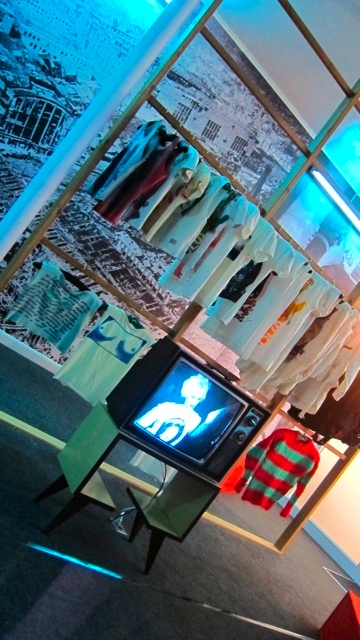
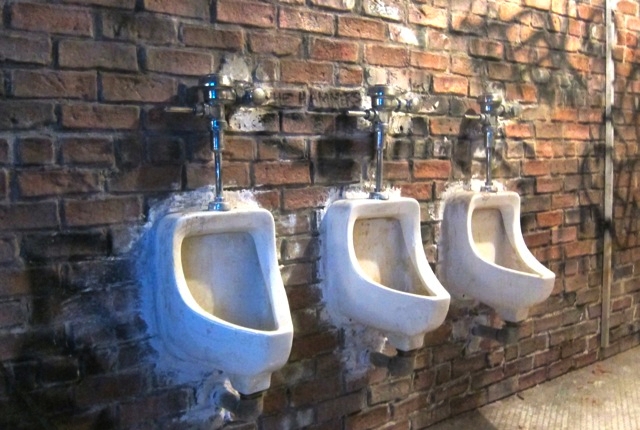
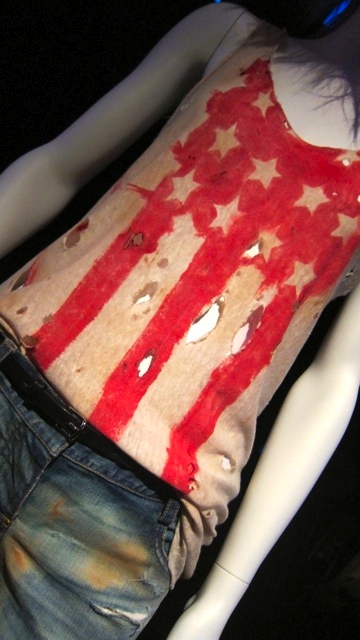
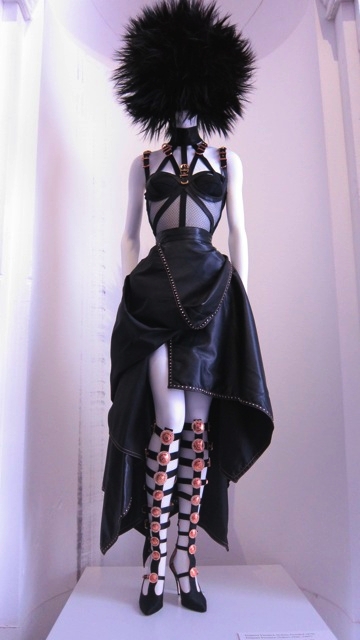
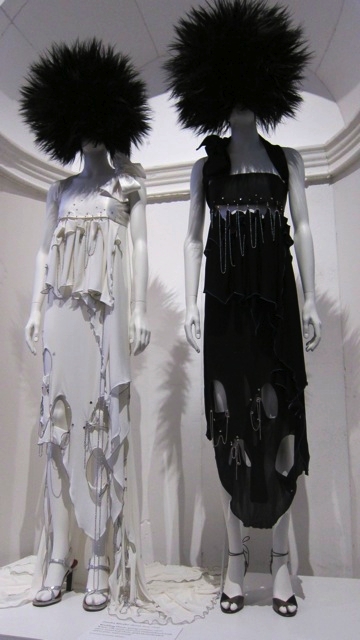
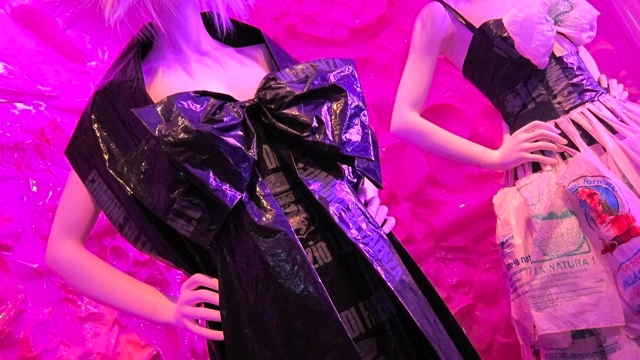
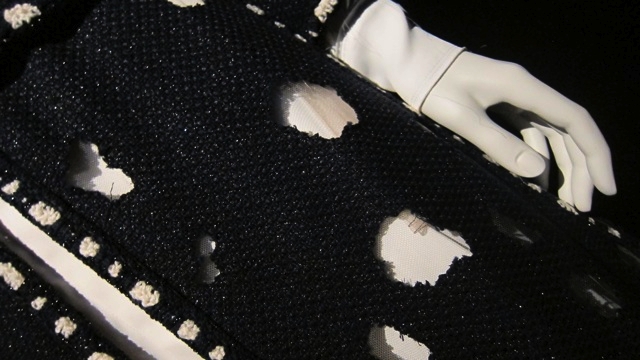
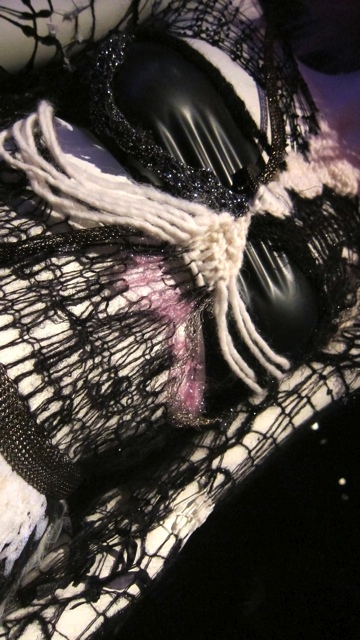
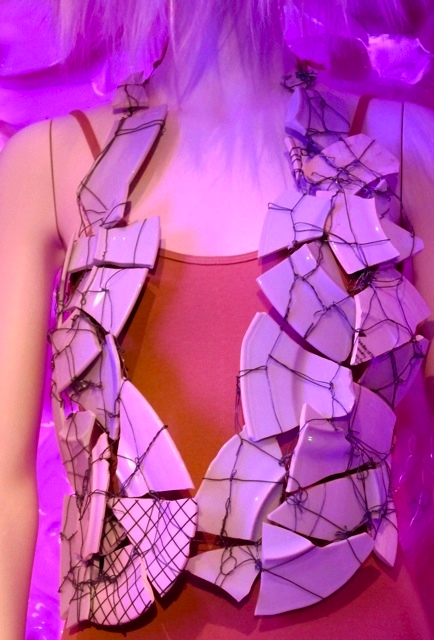
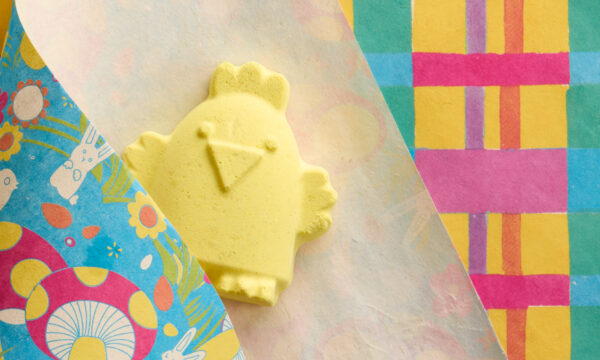
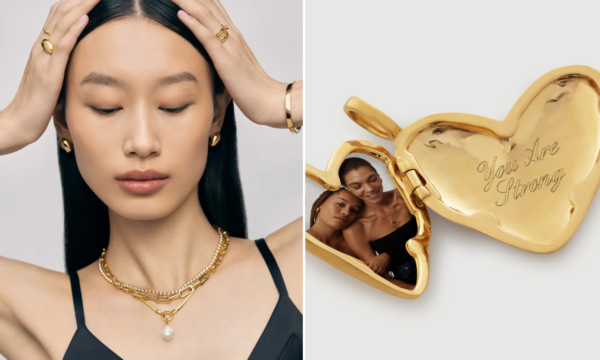
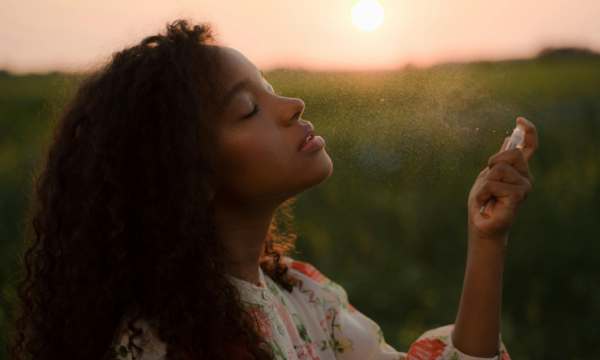

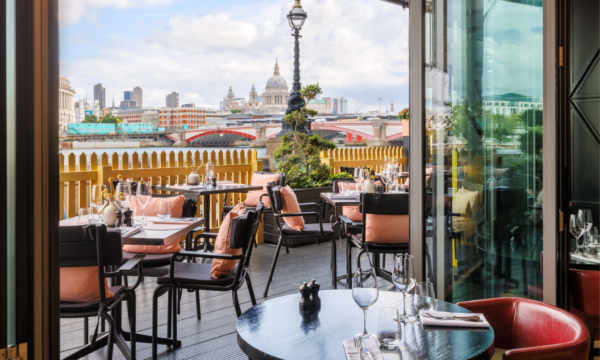

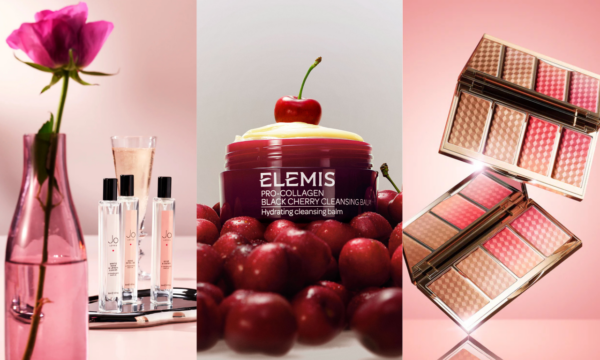
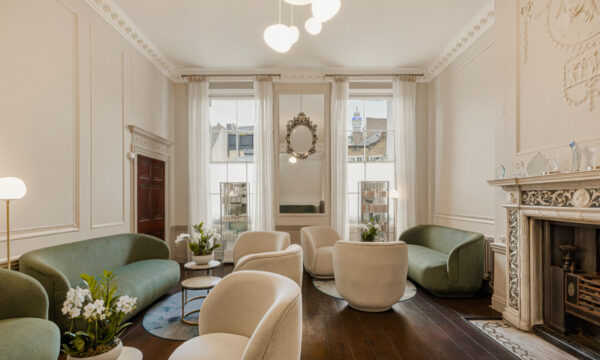
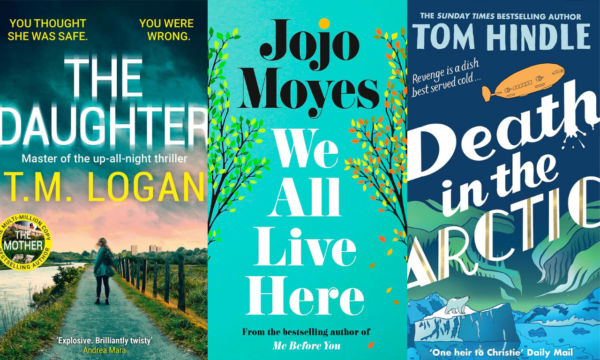








Facebook
Twitter
Instagram
YouTube
RSS